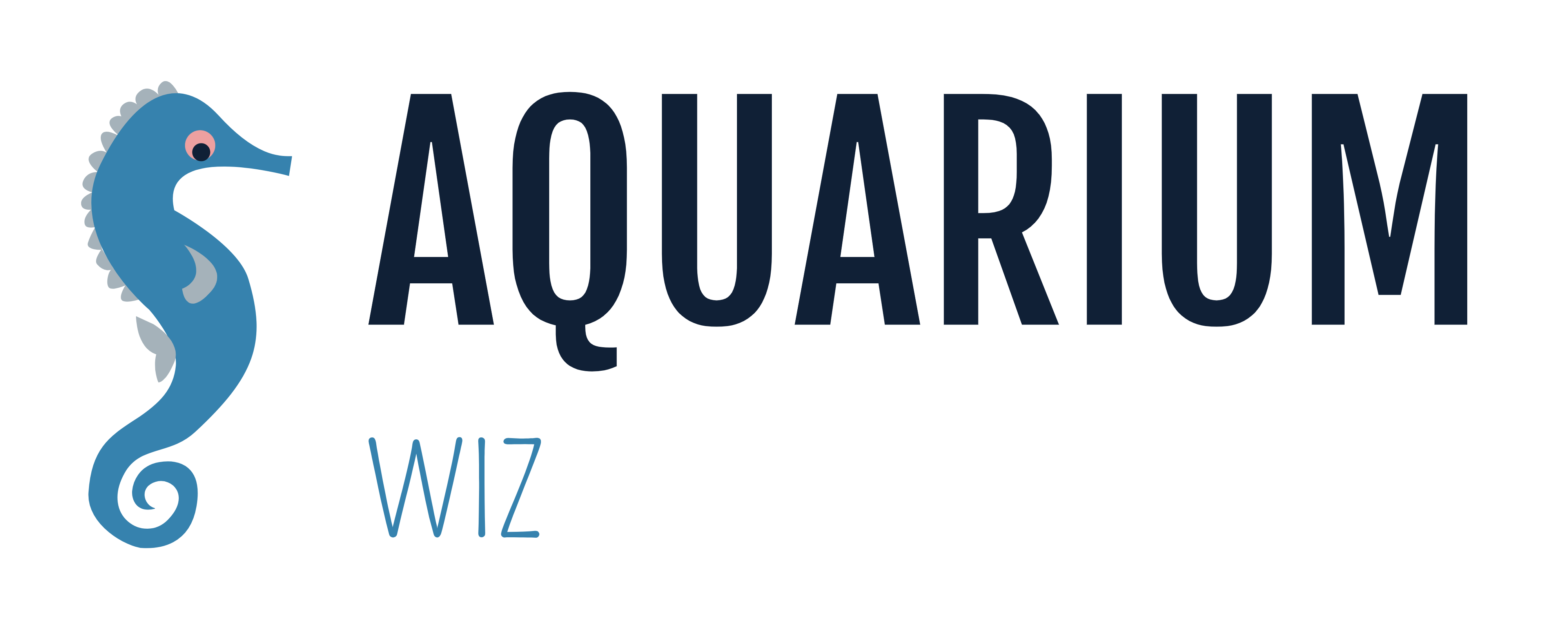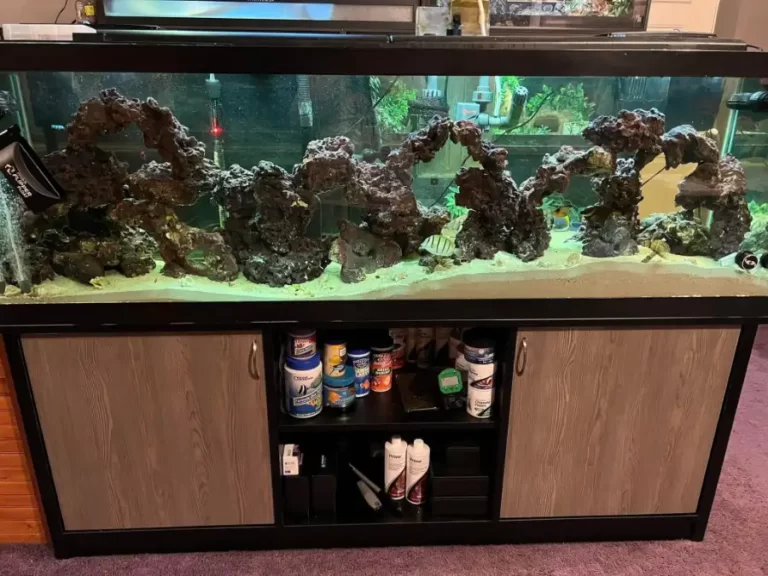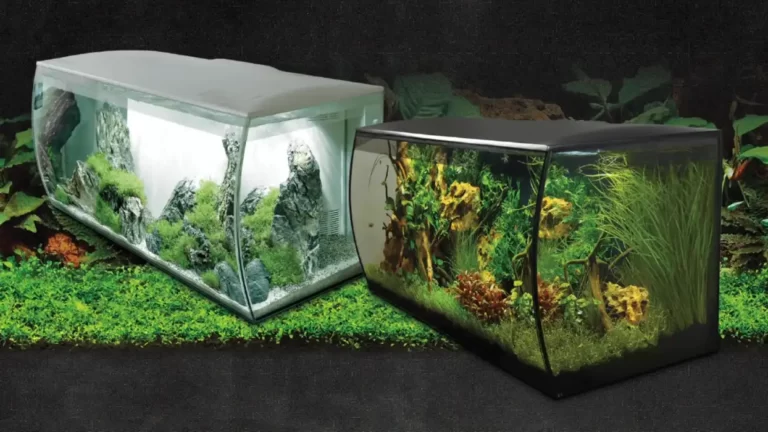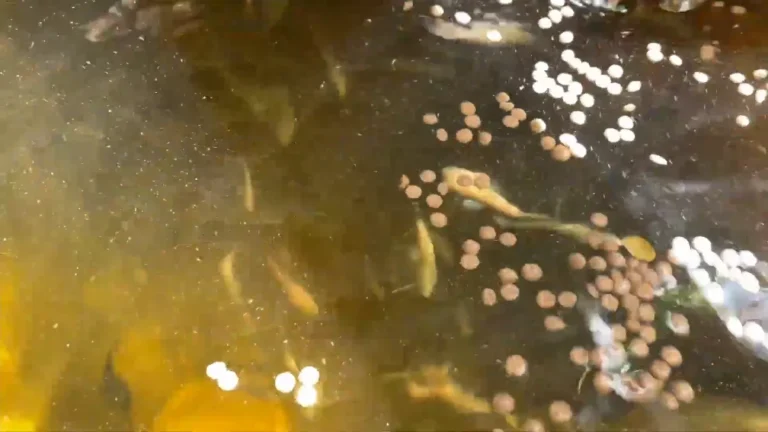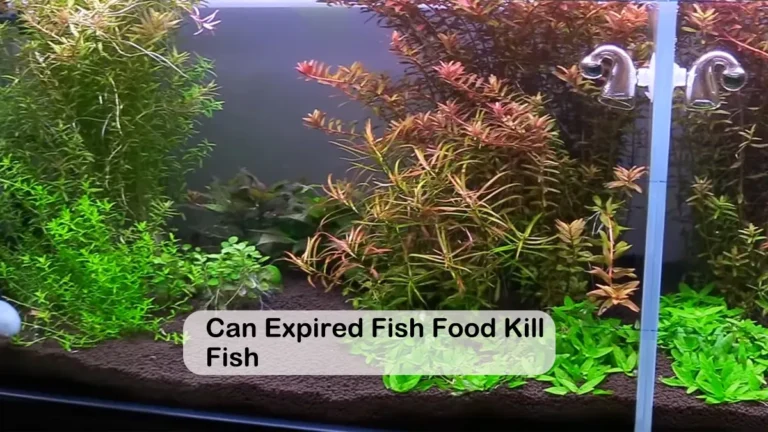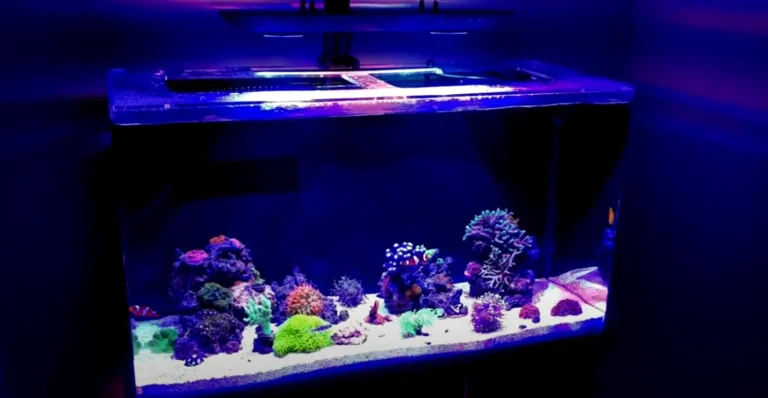Accidentally Dumped Fish Food in Tank: What to Do Next
Welcome to the world of fishkeeping, where even the most seasoned aquarists can make mistakes. One of the most common blunders is accidentally overfeeding fish, which can lead to a host of problems in your tank. But fear not, there are solutions and savvy strategies to help you navigate this situation with ease.
In this article, we will explore the best practices for handling an accidental fish food overload, from immediate steps to cleaning up the mess, and even preventing overfeeding in the future. Whether you’re a beginner or an experienced fishkeeper, this guide will provide you with the knowledge and confidence to manage this common mishap. So take a deep breath, and let’s dive in.
Key Takeaways
- Accidental overfeeding is a common mistake in fishkeeping, but there are solutions to manage the situation.
- Immediate steps should be taken to remove excess food from the tank and prevent further harm to your fish.
- By implementing best practices and preventative measures, you can avoid overfeeding in the future and maintain a healthy, thriving aquarium.
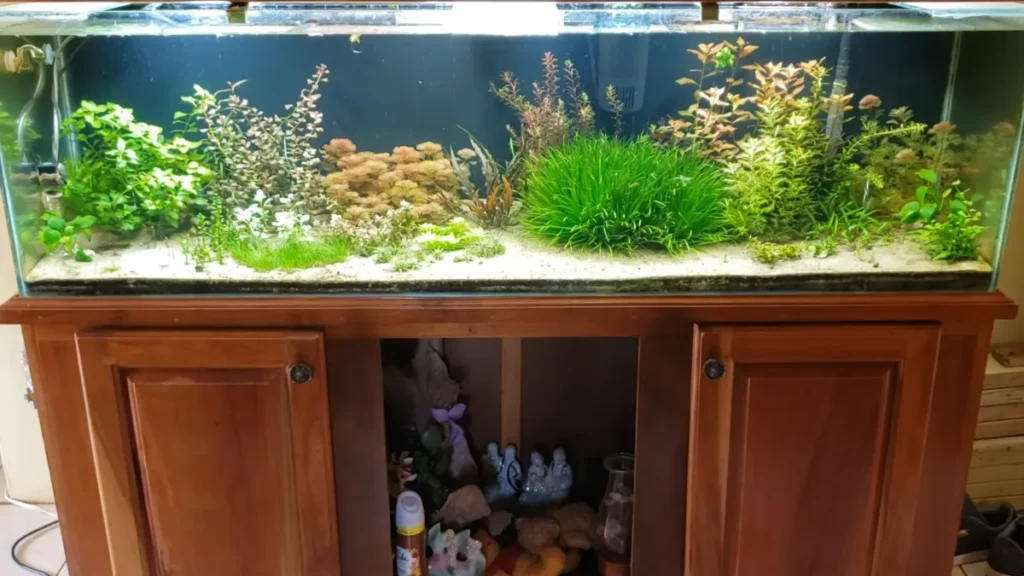
Accidentally Dumped Fish Food in Tank: Immediate Steps
When excess fish food is accidentally dumped into an aquarium, immediate action is necessary to prevent any negative impacts on the water quality and fish health.
Impact on Water Quality
Overfeeding can lead to an increase in ammonia, nitrite, and nitrate levels, which can harm the fish and other aquatic creatures in the tank. It is crucial to test the water chemistry regularly and perform water changes as needed to maintain a healthy environment for the fish.
Fish Health Concerns
Overfeeding can cause a range of health issues in fish, including obesity, digestive problems, and even death. Signs of overfeeding and fish distress include lethargy, loss of appetite, and abnormal swimming behavior. It is essential to monitor the fish closely for any signs of health issues and adjust the feeding schedule accordingly.
Cleaning Up the Mess: Best Practices
Removing Excess Fish Food
After an accidental dump of fish food in the tank, removing the excess food is the first step towards restoring the tank’s harmony. The dumped food can be removed with the help of aquarium nets and siphons. The substrate should be carefully cleaned to avoid any damage to the plants or decorations. It is important to remove the excess food as soon as possible to prevent any increase in ammonia levels, which can be harmful to the fish.
Conducting a Water Change
A partial water change is a crucial step in restoring the water quality in the tank. Depending on the severity of the accidental dump, the appropriate percentage of water change should be figured out. A water change of 25% to 50% is recommended. The new water should be treated with a dechlorinator before adding it to the tank. Conducting a water change will help to dilute any excess nutrients in the water and reduce the risk of ammonia spikes.
Preventing Accidental Overfeeding in the Future
Measuring the Right Amount of Fish Food
To prevent accidental overfeeding, it’s important to measure the right amount of fish food. Instead of guessing, use handy guidelines based on your fish’s size and species. As a general rule, feed your fish a small amount of food that they can consume within 2-3 minutes. For smaller fish, a pinch of food is typically enough. Larger fish may require more, but be careful not to overfeed. Keep in mind that overfeeding can lead to health problems and poor water quality in your tank.
Establishing a Feeding Schedule
Establishing a consistent feeding schedule is key to preventing accidental overfeeding. By feeding your fish at the same time each day, you can help regulate their digestion and prevent overeating. Consider the dietary needs of your fish when creating a feeding schedule. Some fish may require multiple small meals throughout the day, while others may only need to be fed once a day. Keep track of how much you feed your fish and adjust your schedule accordingly to prevent overfeeding. With a little planning, you can help maintain a healthy and happy tank for your fish.
Frequently Asked Questions FAQs
How to Clean up Excess Fish Food in a Tank?
Cleaning up excess fish food in a tank is a common problem that most fish keepers face. It is essential to maintain a clean tank to ensure the health of your fish. Here are the steps to clean up excess fish food from your tank:
- Use a net to remove any large pieces of uneaten food from the water surface.
- Use a siphon to remove any remaining food particles from the substrate and gravel.
- Do a partial water change to remove any excess nutrients that may have accumulated in the water.
What to Do if a Child Accidentally Dumps Fish Food in the Tank?
It is not uncommon for children to accidentally dump fish food in the tank. Here are the steps to follow if this happens:
- Remove as much of the excess fish food as possible using a net.
- Check the water parameters to ensure that the excess food has not caused an ammonia spike.
- Do a partial water change to remove any excess nutrients that may have accumulated in the water.
How Much Fish Food is Too Much for a Tank?
Overfeeding is a common mistake that many fish keepers make. Overfeeding can lead to poor water quality and health problems for your fish. Here are some guidelines to follow when feeding your fish:
- Feed your fish small amounts of food 2-3 times a day.
- Only feed your fish what they can consume in 2-3 minutes.
- Monitor your fish’s behavior and adjust the amount of food accordingly.
Remember, it is better to underfeed your fish than to overfeed them.
